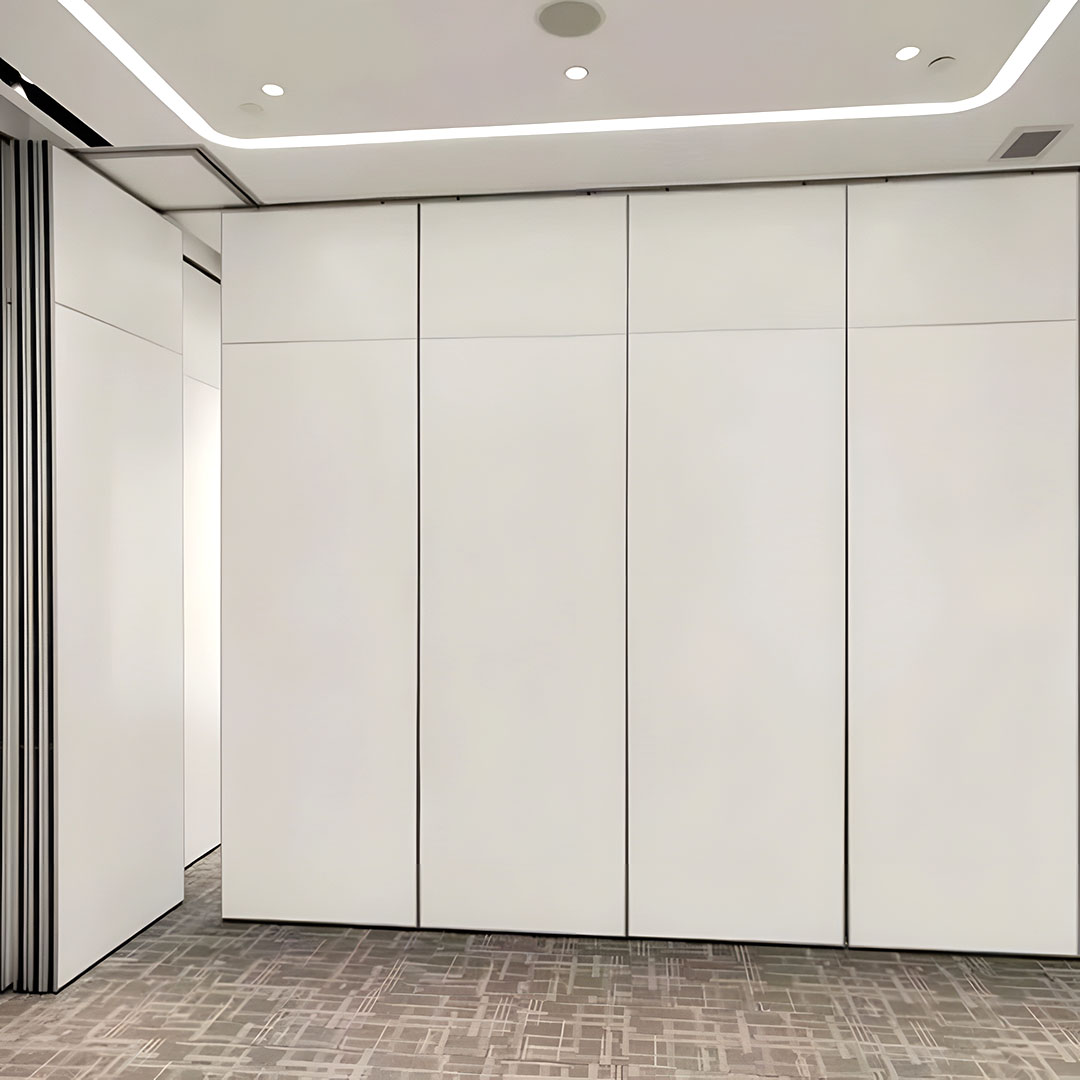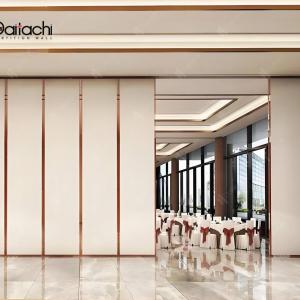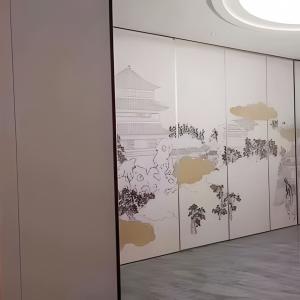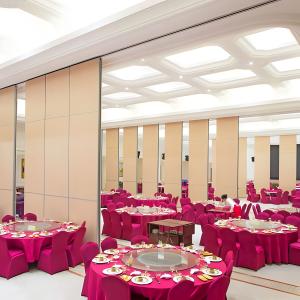In the realm of contemporary architecture and interior design, the products offered by operable partition manufacturers have sparked a significant debate about space utilization. Some praise movable Office Partition wall as a revolutionary advancement in space management, while others view them as a compromise to traditional architectural aesthetics. At the heart of this controversy lies the question: do Room partition wall genuinely enhance spatial flexibility and functionality, or are they merely a reluctant response to the constraints of compact spaces?
Acoustic Movable Partition Wall have emerged as practical solutions for flexibly dividing spaces, widely used in offices, conference centers, hotels, and other environments. These movable sliding partition wall can be moved, and folded, providing convenience for rapid transitions between multifunctional spaces.
However, does this convenience come at the cost of spatial stability and aesthetic value? In our pursuit of maximizing space utilization, have we overlooked the respect that traditional architecture holds for permanence and beauty?

Proponents argue that soundproof partition wall enhance spatial flexibility, allowing for quick adjustments based on varying needs, thereby improving overall efficiency. Conversely, critics express concerns that this trend may lead to homogenization in design, undermining the individuality of both buildings and interior spaces.
In reality, mobile wall partitions are not a novel concept; they have evolved in response to the modern demand for space efficiency and multifunctionality. While offering flexibility, these collapsible partition wall can also maintain aesthetic appeal through innovative design. For instance, employing high-quality materials and custom artistic patterns can render retractable wall both practical and visually appealing.
To address this controversy, we must focus more on the design and implementation processes of commercial movable walls. Manufacturers should strive to create products that fulfill both functional and aesthetic criteria. Simultaneously, architects and interior designers need to prioritize the harmonious integration of moveable divider wall within the overall space design.





